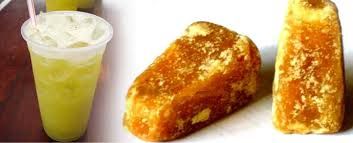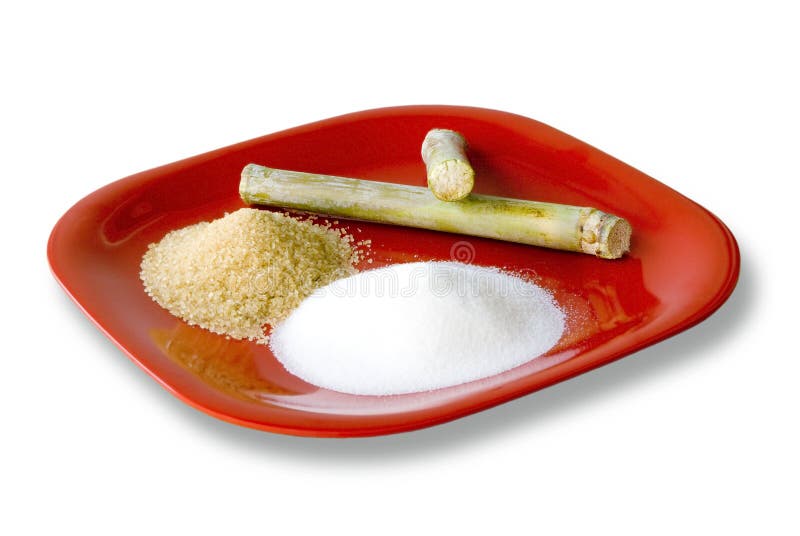How to Select the Best Sugarcane Product for Your Needs
The Journey of Sugarcane: From Harvest to Everyday Products
The journey of sugarcane is a multifaceted procedure that starts with thorough farming and culminates in a range of products that penetrate our every day lives. From the moment the canes are harvested at their peak sucrose degrees, they undertake a series of elaborate actions, consisting of washing, squashing, and explanation. These procedures not only yield sugar yet likewise unlock a series of spin-offs, such as ethanol and naturally degradable product packaging materials. As we explore the numerous aspects of sugarcane's journey, its function in sustainability and the broader effects for our environment entered into sharper focus. What exists beyond the pleasant surface?
Cultivation of Sugarcane
The farming of sugarcane is a vital farming procedure that needs details environmental problems and administration techniques. Optimal development takes place in tropical and subtropical regions where temperature levels range between 20 ° C and 32 ° C. Adequate rains or watering is necessary, as sugarcane thrives in damp dirt with well-drained conditions (sugarcane product). Dirt quality substantially affects yield; therefore, farmers usually conduct soil examinations to figure out nutrient needs
This method helps with efficient gathering and makes best use of sunshine direct exposure. Plant rotation and intercropping are suggested practices to enhance dirt fertility and reduce insect infestations.
Timely application of these plant foods can considerably boost sugar yields. On the whole, effective sugarcane farming hinges on a mix of environmental stewardship, critical planning, and recurring administration techniques.
Gathering Strategies
Effective sugarcane growing finishes in the gathering stage, which is critical for making the most of return and making sure high quality. The timing of the harvest is important; sugarcane is generally harvested when sucrose degrees height, usually in between 10 to 18 months after growing. This period differs based on climate, soil type, and sugarcane selection.
Collecting techniques can be broadly classified right into guidebook and mechanical techniques. Hand-operated harvesting is labor-intensive, depending on proficient employees who use machetes to cut the stalks close to the ground. This approach allows for selective harvesting, where only the ripest walking canes are selected, therefore enhancing general sugar material.
Alternatively, mechanical harvesting has actually gained popularity because of its efficiency and cost-effectiveness. Specialized harvesters furnished with reducing blades and conveyor systems can refine huge locations promptly, significantly minimizing labor costs. Nevertheless, this technique might cause the incorporation of premature walking canes and a prospective reduction in sugar high quality.

No matter the method employed, making certain that collected walking sticks are delivered quickly to processing facilities is vital. Motivate taking care of decreases wasting and protects the honesty of the sugarcane, establishing the phase for optimal handling.
Handling Methods
Handling sugarcane includes several important actions that change the harvested stalks right into functional products, largely sugar and molasses. The preliminary stage is washing the cane to get rid of soil and debris, adhered to by the extraction of juice via crushing or milling. This procedure normally utilizes hefty rollers that break the walking stick fibers to release the pleasant fluid consisted of within.
As soon as the juice is drawn out, it undergoes information, where impurities such as soil fragments and bagasse are eliminated. This is frequently attained by adding lime and warming the juice, allowing sedimentation. The made clear juice is then focused via evaporation, where water web content is decreased, causing a thick syrup.

Inevitably, the processing of sugarcane not only creates sugar and molasses yet also lays the groundwork for numerous by-products, which will be checked out in succeeding discussions.
Products Derived From Sugarcane
Sugarcane is a versatile plant that generates a large range of items past just sugar and molasses. Among the main byproducts are ethanol and biofuels, which have gained importance as renewable power sources. Ethanol, created through the fermentation of sugarcane juice, serves as a different to nonrenewable fuel sources and is often mixed with gasoline to produce cleaner-burning gas, reducing greenhouse gas exhausts.
In addition, sugarcane is a substantial resource of useful reference bagasse, the fibrous residue remaining after juice extraction. Bagasse is used in various applications, including the manufacturing of paper, eco-friendly product packaging, and as a biomass gas for energy generation. Its use not just decreases waste but likewise enhances the sustainability of sugarcane handling.
Furthermore, sugarcane-derived items include the food market, where it offers as a natural flavor representative and sweetener in different cooking applications. In the realm of cosmetics, sugarcane essences are integrated into skincare products because of their all-natural exfoliating residential properties.
Environmental Impact and Sustainability
The growing and handling of sugarcane have substantial implications for ecological sustainability. This crop calls for considerable water resources, usually resulting in exhaustion of regional water materials and influencing surrounding environments. Additionally, using plant foods and pesticides in sugarcane farming can lead to dirt deterioration and waterway air pollution, posing risks to biodiversity.

Lasting sugarcane farming also promotes soil health with plant turning and lowered husbandry, enhancing carbon sequestration. The adoption of these methods not just sustains environmental honesty however additionally enhances the strength of farming areas versus climate adjustment.
Final Thought
In recap, the trip of sugarcane includes different stages from growing to handling, inevitably leading to a large selection of items. The importance of sugarcane prolongs past mere sugar, contributing to renewable resource via ethanol production, lasting packaging through bagasse, and natural extracts for cosmetics. This diverse plant plays a critical function in both dietary enrichment and ecological sustainability, highlighting its value in modern farming and commercial methods.
Successful sugarcane growing culminates in the gathering phase, which is pivotal for taking full advantage of return and ensuring top quality. The timing of the harvest is essential; sugarcane is generally collected when sucrose degrees optimal, typically between 10 to Get More Information 18 months after growing.Processing sugarcane includes a number of essential actions that transform the gathered stalks into usable items, primarily sugar and molasses.Sugarcane over at this website is a functional plant that produces a vast selection of items past simply sugar and molasses. Furthermore, the use of plant foods and chemicals in sugarcane farming can result in dirt degradation and river air pollution, positioning threats to biodiversity.